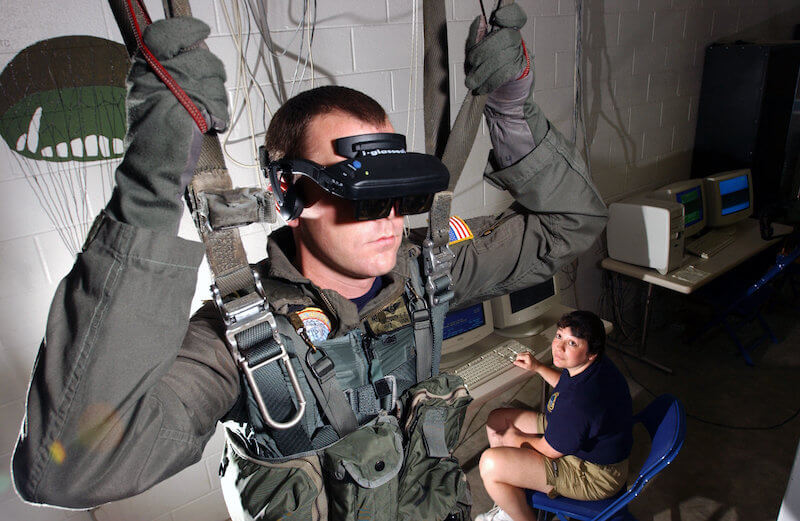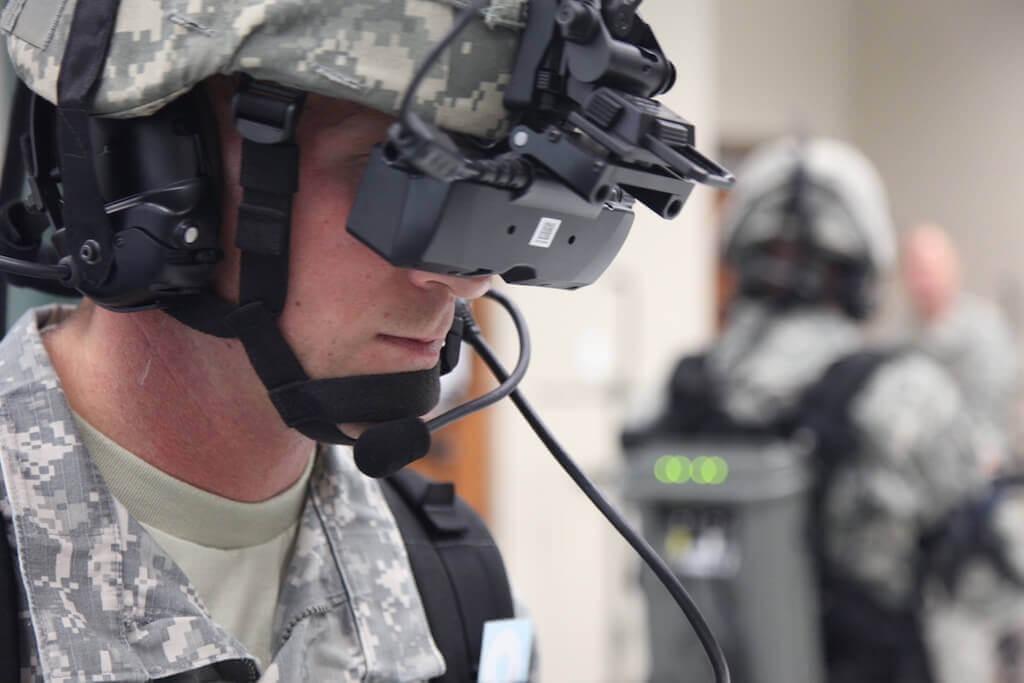Virtual Reality and Augmented Reality are undoubtedly the hottest technology trends right now. On the other side, if you look back into the last two decades, there has been a lot of transformation in educational systems with penetration of technologies into our classrooms.
Also Read: Difference Between Virtual Reality and Augmented Reality (VR vs AR)
Although VR technology has gathered notable attention in areas like gaming and tourism, it certainly has the potential to plunge into the education sector too. On these lines many companies are testing the waters for serious inclusion of VR in education and training.
In this sector, there has been an increasing need for practical experience in highly specialized fields. VR technology promises to offer just that. Many technologies have risen above the others in the past decades simply for delivering visually precise content to students making education more fun. The recent years have been all about online education and e-learning and VR in education is a natural extension to these.
VR In Education Based On Experience
Using virtual reality in education sector can encourage the enthusiasm of students for what they are interested to study. You see the other key point here is that you can study at home with the same resources and virtually anywhere with just a mobile device and VR headset. The fact that VR can immerse us in life-like content can help students get exposure to various work environments. This is what we can call the right mix of education and entertainment.
Training environments too can become more flexible and affordable to both the training provider and the trainee. VR and AR software also play a crucial role in minimizing risks without compromising on delivering richer and more detailed environments.
The Tractica report anticipates that if consumers continue to respond to new VR headsets like they did in 2016, the combined revenue for VR Hardware (Head Mounted Displays and VR accessories) and VR content will increase from $108.8 million (2014) to $21.8 billion by 2020, with a annual growth rate of 142%. These numbers will surely encourage developers to contribute to this Billion Dollar niche and hence improve training environments for the greater good.
Here are some notable examples of industries that have included virtual reality education.
Flight and Transportation Simulators are being used for decades. Being safe and cost-effective ways to train users to operate highly specialized aircraft, a VR make over can create experiences in par with reality and even test senior pilots under harsh conditions.
Military Training is being completely transformed with virtual reality. Our soldiers are now trained for the real war. VR has penetrated into many other military training regimes from training and safety to analysis of battlefield positions and maneuvers
Mining is one of the most dangerous professions with hazardous conditions. VR training centers help simulate some dangerous conditions that can’t be replicated thus increasing situational awareness of mine workers.
Medical VR is an area with completely fascinating possibilities. It has raised interest among real life medical practitioners and researchers and already reaping positive results on patient’s lives.
Also Read: How Virtual Reality Is Helping Patients As Pain Relief
Engineering is another industry where virtual reality comes as a natural extension beyond CAD models. While computers helped engineers design and manufacture products, now virtual reality holds the potential to revolutionize engineering design cycle completely by introducing engineers to a new window in the computer world promoting innovation and collaboration.
Developers Will Be Game Changers
For the time being, the only obstacle to advancement in this direction is low numbers of developers. Hence there is a shoutout for developers possessing talent to create compelling content. However, with the growing impact of VR technologies in various industries, we can get over it in the next two years. Though VR in education and training is currently limited to privately funded initiatives, we should expect developers to look beyond gaming and create better education and training experiences accessible by anyone.
So, if you are interested in developing your own VR applications using VRML now’s the best time to get onboard.


